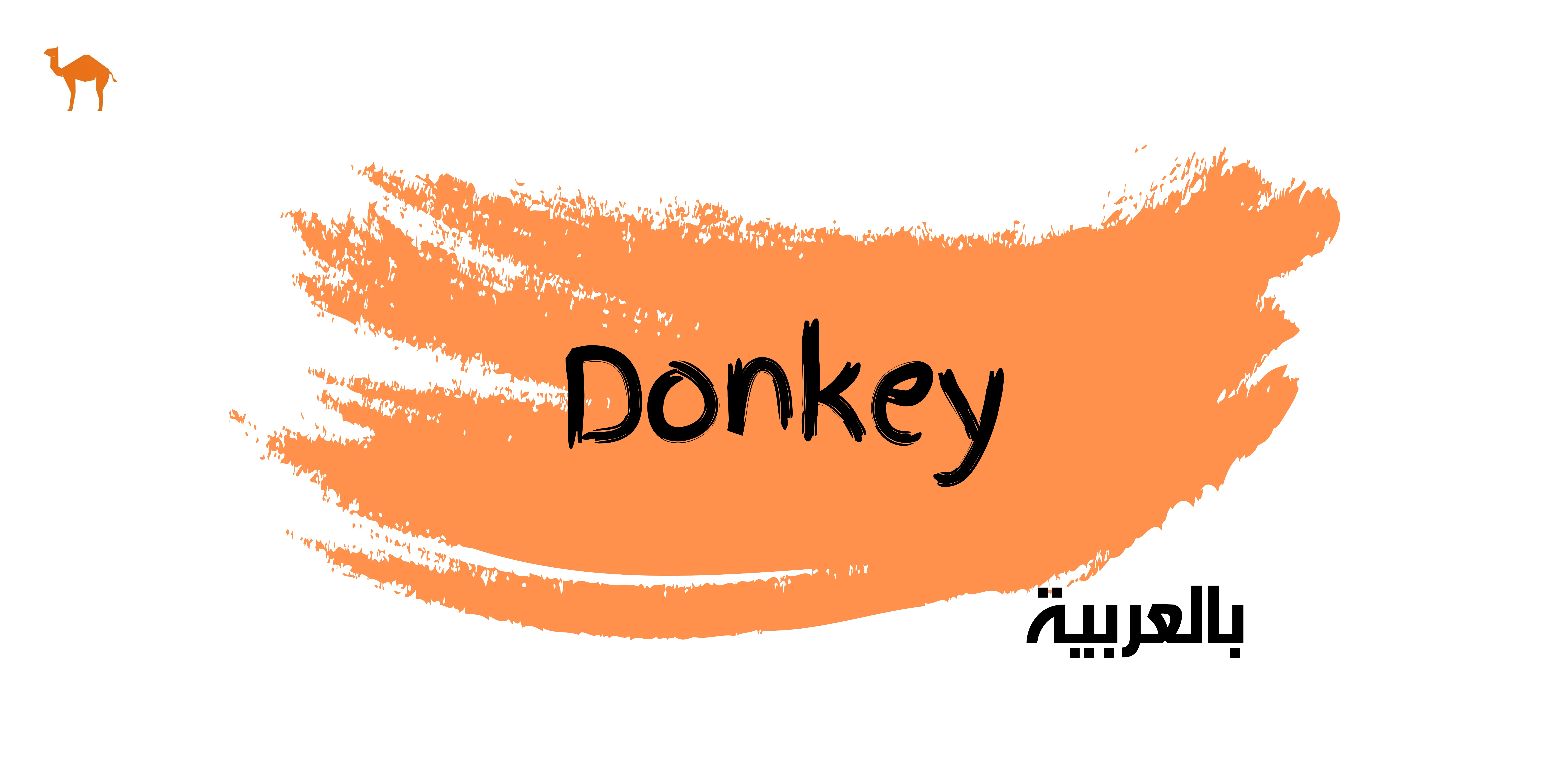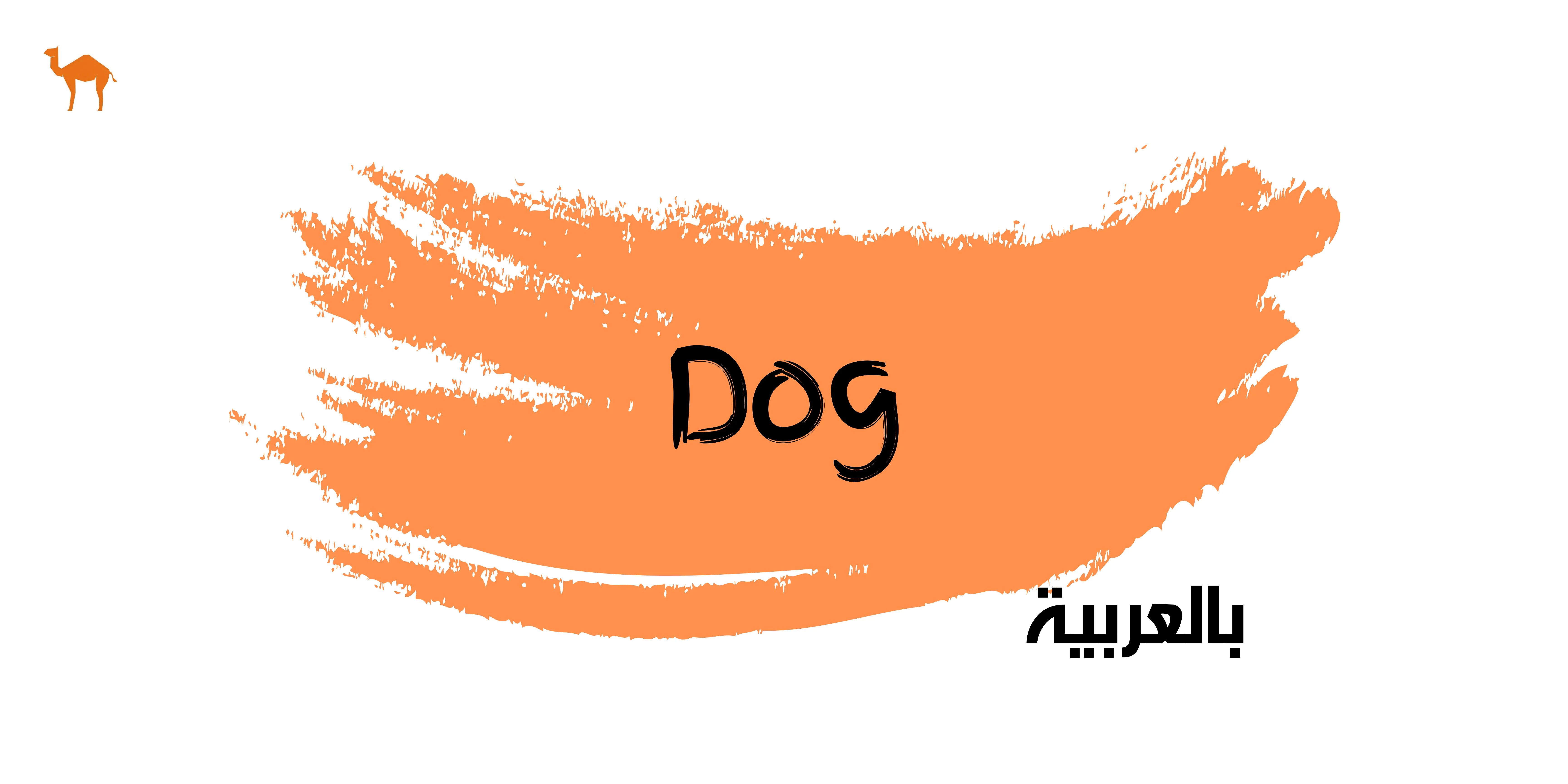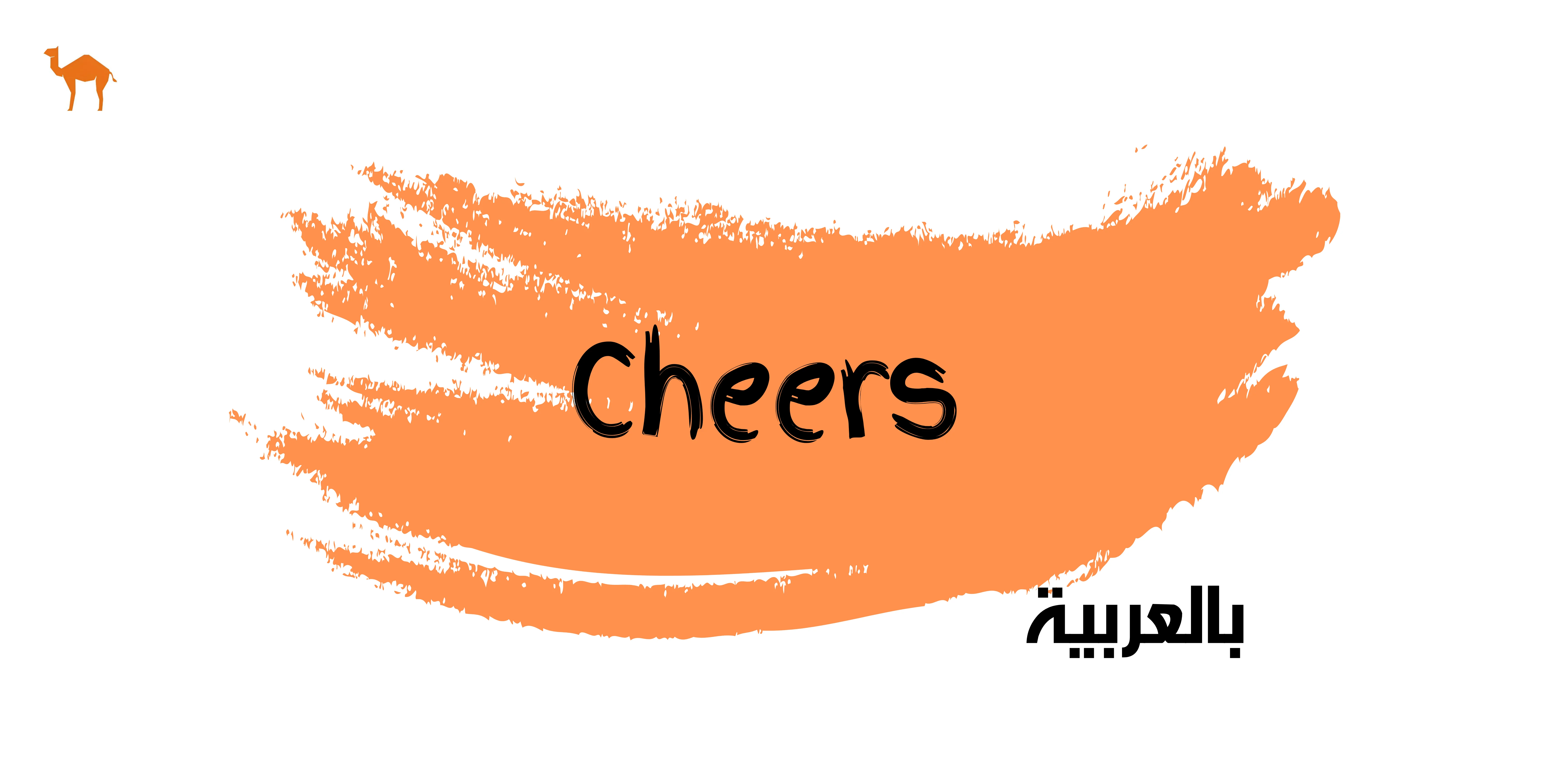Arabic Teaching Curriculum: The Role of ACTFL

Teachers are always having a tough time getting students to be more self-directed. They keep looking for a way to ease the pressure of students by keeping them interested and making sure that lesson practices and the homework delivered are fun, accessible anywhere, targeted to improve their weaknesses, and ensuring that learning takes place in a more conducive, less-tense, less-pressured environment. In this article, we will highlight the role of ACTFL in teaching Arabic and the best app to learn and teach languages, DALIL.
The Role of ACTFL in Arabic Teaching Curriculum
It takes a lot of time and work to come up with a curriculum, teach, be engaged with classrooms, come up with assessment questions, and spend time correcting and grading these assessments. Therefore, DALIL provides vision, leadership, and support for quality teaching of the Arabic language.
DALIL is a platform for expanding cultural richness and diversity at all levels of education. Together we provide the best Arabic teaching curriculum that matches up with the ACTFL proficiency guidelines, along with providing resources to address challenges to meet the changing needs of language teachers and their learners.
DALIL’s Arabic Teaching Curriculum
Our teaching curriculum matches up with the ACTFL proficiency guidelines, which are proficiency-based standards that are common throughout the United States in foreign language education. Most universities and colleges reference these standards. The guidelines are divided into different proficiency levels:
Novice (1 & 2)
Novice 1
By the end of this stage, the student can:
- Read short dialogues.
- Create simple sentences.
- Introduce themselves and ask about people's names.
- Greet others and return the greeting.
- Provide very simple directional instructions (right/left/up/down)
- Rephrase vocabulary in short conversations.
Novice 2
By the end of this stage, the student can:
- Speak in simplified dialogues.
- Write short personal information.
- Read short stories.
- Mention the colors of the objects around him.
- Use fruit/vegetable names in Arabic.
- Express body parts in Arabic.
- Memorize a collection of short Quranic surahs.
Intermediate (1 & 2)
Intermediate 1
By the end of this stage, the student can:
- Practicing dialogue.
- Talking about their friends and family.
- Writing short messages, greetings, or apologies.
- Create sentences in the language in different situations.
- Reading short stories.
Intermediate 2
By the end of this stage, the student can:
- Describe their room and the places.
- Give instructions/directions to get somewhere.
- Describe weather conditions.
- Talk about the timeline.
- Write about their routine today with the ability to discuss it.
- Shop for personal needs (clothes/gifts).
- Ask about basic information such as: (train schedule/airline ticket reservation/....).
- Describe their feelings.
- Talk and describe a city they have previously visited or their current city.
- Get to know different nationalities.
- Create sentences in the language in different situations.
Advanced (1 & 2)
Advanced 1
By the end of this stage, the student can:
- Talk about their vacation plans.
- Describe some trips and visits.
- Read stories.
- Summarize stories.
- Write a short story.
- Read different news.
- Write short articles about some characters.
Advanced 2
By the end of this stage, the student can:
- Write articles about prominent people in their country.
- Express about their favorite hobby.
- Write short personal letters.
- Read and write original materials (newspaper headlines/job advertisements/applications).
- Talk about abilities and what they should and shouldn't do.
- Talk about the effects of modern inventions.
- Identify the different types of accidents.
These proficiency levels are defined separately for listening, speaking, reading, and writing. Thus, in some other teaching curriculum programs emphasizing written language over spoken, students may reach an advanced level in reading and writing while remaining at a lower level in listening and speaking. That is why DALIL is focusing on providing resources to enhance all the Arabic language skills equally. Teachers need to set specific goals for each level of class for students to achieve, to make it easier for both students and teachers as well during the learning journey.
DALIL prides itself on having multiple levels for the Arabic language, to make sure that both teachers and students will have enough curriculum in our classes to build speaking skills and develop the grammar and vocabulary that is necessary for fluency. Also, to make sure that the label we give classes accurately describes student proficiency levels.
Join now for a free trial with DALIL and we’ll show you how our technologies can make your teaching more effective.


